ASEAN–South Korea partnership is a reminder that it’s possible to establish influence on the grounds of stability, creativity, and compassion.
ASEAN–South Korea partnership is a reminder that it’s possible to establish influence on the grounds of stability, creativity, and compassion.
By Mehmet Enes Beşer
In the context of Southeast Asia’s post-Cold War experience of the disorder of a multipolar world of great power competition, economic fragmentation, and fluid security alignments, ASEAN continues to seek partners that will assist it in promoting its regional interests without threatening it with the hegemonic designs. No other country comes to mind in this search: South Korea. Even to be overtaken by America, China, or Japan in the case of ASEAN’s closest driving partners, South Korea has stayed in the background for being one of the most visible and consistent co-operation partners in the region. Compared to being significant by way of economic production, it is significant even by way of strategic location, cultural exchange, and development co-operation vision committed. Bilaterally, co-operation is firmly founded and very dynamic.
ASEAN is South Korea’s second-largest trading partner and ASEAN’s fifth-largest trading partner. Bilateral trade in 2023 totaled more than $206 billion and is heading higher on the back of robust regional supply chains, production complementarities, and consumer market linkages. South Korean investment into ASEAN has also been increasing step by step, into electronics, auto manufacturing, logistics, finance, and more recently into green energy and digital infrastructure. Companies like Samsung, Hyundai, LG, and POSCO have established a firm presence in Indonesia, Vietnam, Thailand, and Malaysia as much as they are exporters and also investing participants within domestic economies. Economic policies do not capture richness in ASEAN–South Korea relations.
Something special about South Korea as an excellent partner to other partners is that South Korea can keep pace with ASEAN on both the structural and the emotional levels. South Korea, unlike old colonial powers or current world hegemony, does not dominate. Its own narrative of having been a war-torn nation in the 1950s to now being one of the most dynamic high-tech economies in the world is one that strongly resonates with ASEAN member nations that are only just charting their own courses towards progress. South Korea’s experience of experimenting with innovation and tradition, authoritarianism and democracy, and poverty and prosperity offers us a living laboratory of possibilities for most ASEAN societies seeking inclusive growth. Along with this, South Korea has been trying what could perhaps be called “empathetic diplomacy.” Its poster child New Southern Policy (NSP), launched by President Moon Jae-in in 2017 and continued in some guise ever since, made the conscious decision to approach ASEAN not as a periphery to be exploited, but as a strategic center of gravity.
The people, prosperity, and peace pillars of the policy neatly accommodated ASEAN’s own community-building vision as well. Rather than conceiving the region in terms of competition with China or U.S. alliance strategic necessity, Seoul has opted for the relational pathway: trust building, cultural diplomacy, and long-term alliance. Such an approach is of paramount importance to ASEAN, which has never placed much stock in alignment and coercion, but always cherished independence, consensus, and diplomacy. Cultural diplomacy has been extremely effective in supporting this inclination.
The international spread of South Korean popular culture—in the forms of K-dramas, K-pop, food, fashion, and cosmetics—has generated strong soft power currents in ASEAN societies. Jakarta, Manila, Hanoi, and Bangkok young people watch Korean TV, study the language, and purchase Korean brands because they want to, not because they need to. Cultural proximity generates familiarity and emotional closeness that few of its other partners have. While China and Japan both have their own respective regional cultural predominance, South Korea’s rise is closer, wider, and closer in nature—a spin-off of web culture, fandom, and social media. South Korea is also as geographically placed as ASEAN countries to react to an evenhanded Indo-Pacific order being pursued by ASEAN.
Though Seoul is a treaty ally of the United States, it has also pursued instrumental ties with China while attempting a broadly cautious foreign policy approach. It is not ideological cooperation with ASEAN, nor is it intended to lure the region into strategic deals. It is pragmatic cooperation—disaster relief, maritime security, pandemic support, cyber capacity, and climate resilience. Projects such as the Korea–ASEAN Solidarity Initiative (KASI), launched in 2022, aim to enhance cooperation on issues of mutual interest without provoking regional nervousness about power politics. It is noteworthy that South Korea’s acceptance of ASEAN centrality and multilateralism distinguishes it from those who view the region as a contest of spheres of influence.
Seoul is an engaged participant in ASEAN-led organizations such as the East Asia Summit (EAS), ASEAN Regional Forum (ARF), and ASEAN+3. It complies with the ASEAN Outlook on the Indo-Pacific (AOIP), a vision that emphasizes greater cooperation and inclusiveness rather than competition and containment. This serves to legitimize ASEAN’s diplomatic role as much as bolster its rule-making institution role in regional affairs. Conclusion
South Korea has emerged as the ASEAN focal partner, not by wanting to lead others, but by wanting to cooperate with them. Its economic power, strategic humility, and cultural attraction have generated a confluence of respect and shared aspiration. The other big powers offer size or security, but South Korea offers the same: an intelligence, a content, and a vision of modernization consonant with that of ASEAN for the future itself.
The challenge will be to sustain and develop this relationship in the face of global uncertainty. South Korea will need to continue to invest politically and economically in ASEAN, even as it is pulled toward other theaters of strategic concern. It will need to learn to navigate ASEAN’s pluralism in and not monolithicize the bloc. ASEAN, for its part, needs to view South Korea not only as an investor or donor, but as a co-designer of regional resilience and innovation.
In a world that is polarizing increasingly, the ASEAN–South Korea partnership is a reminder that one need not be in a quid pro quo transactional cooperation relationship. One can, indeed, establish influence on the grounds of stability, creativity, and compassion. That even as together they forge a new world future, their shared commitment of peace, prosperity, and people-centered growth can be not only beneficial—but essential.



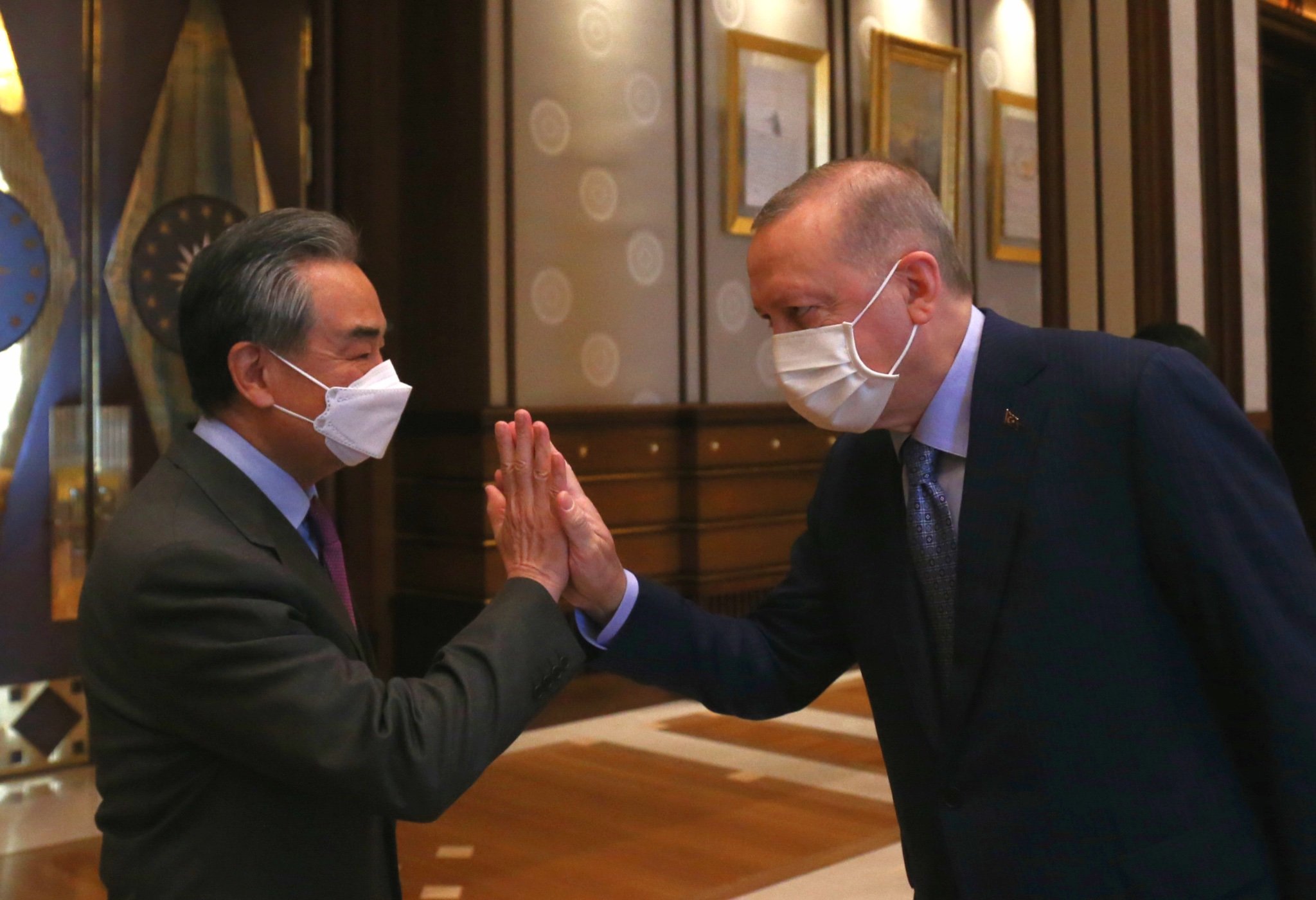





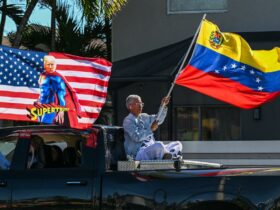
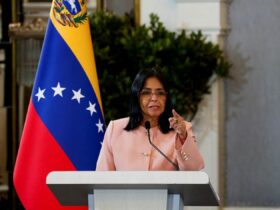
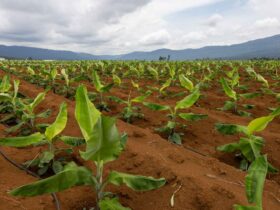
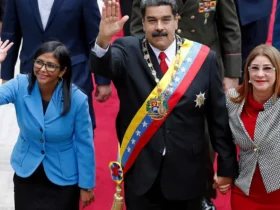
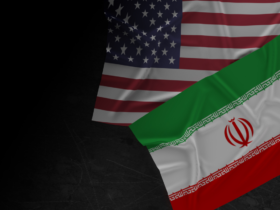
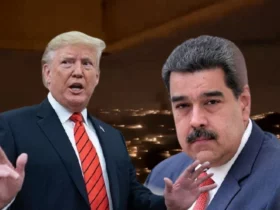
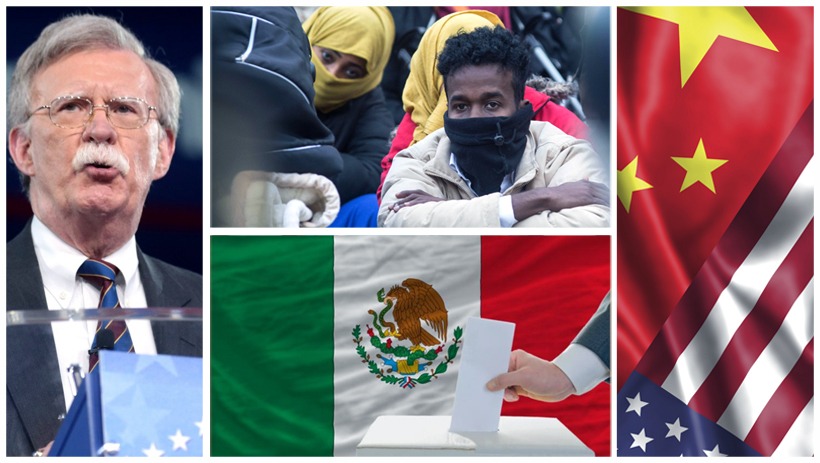
Leave a Reply